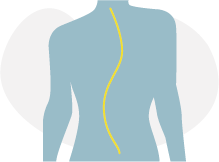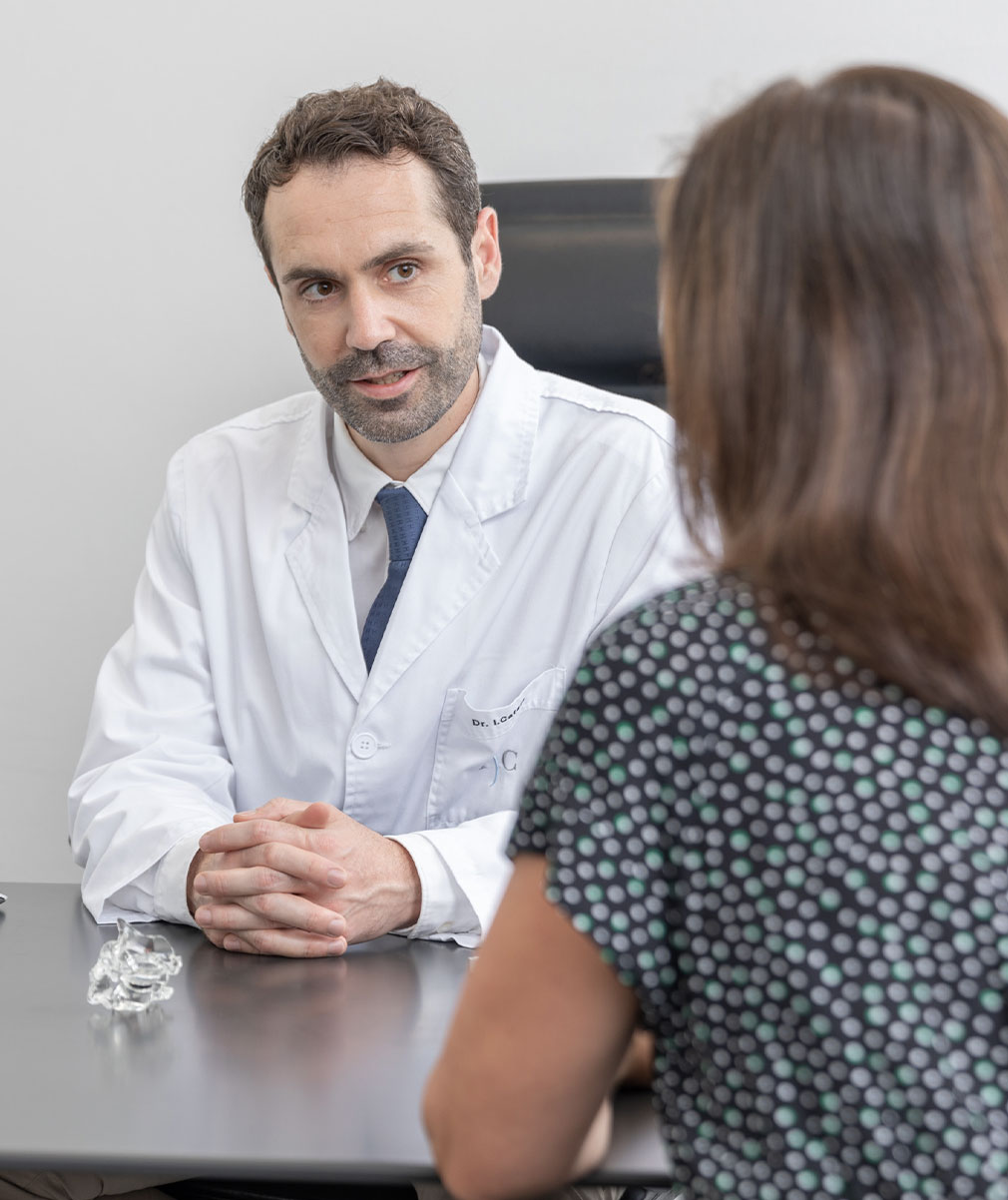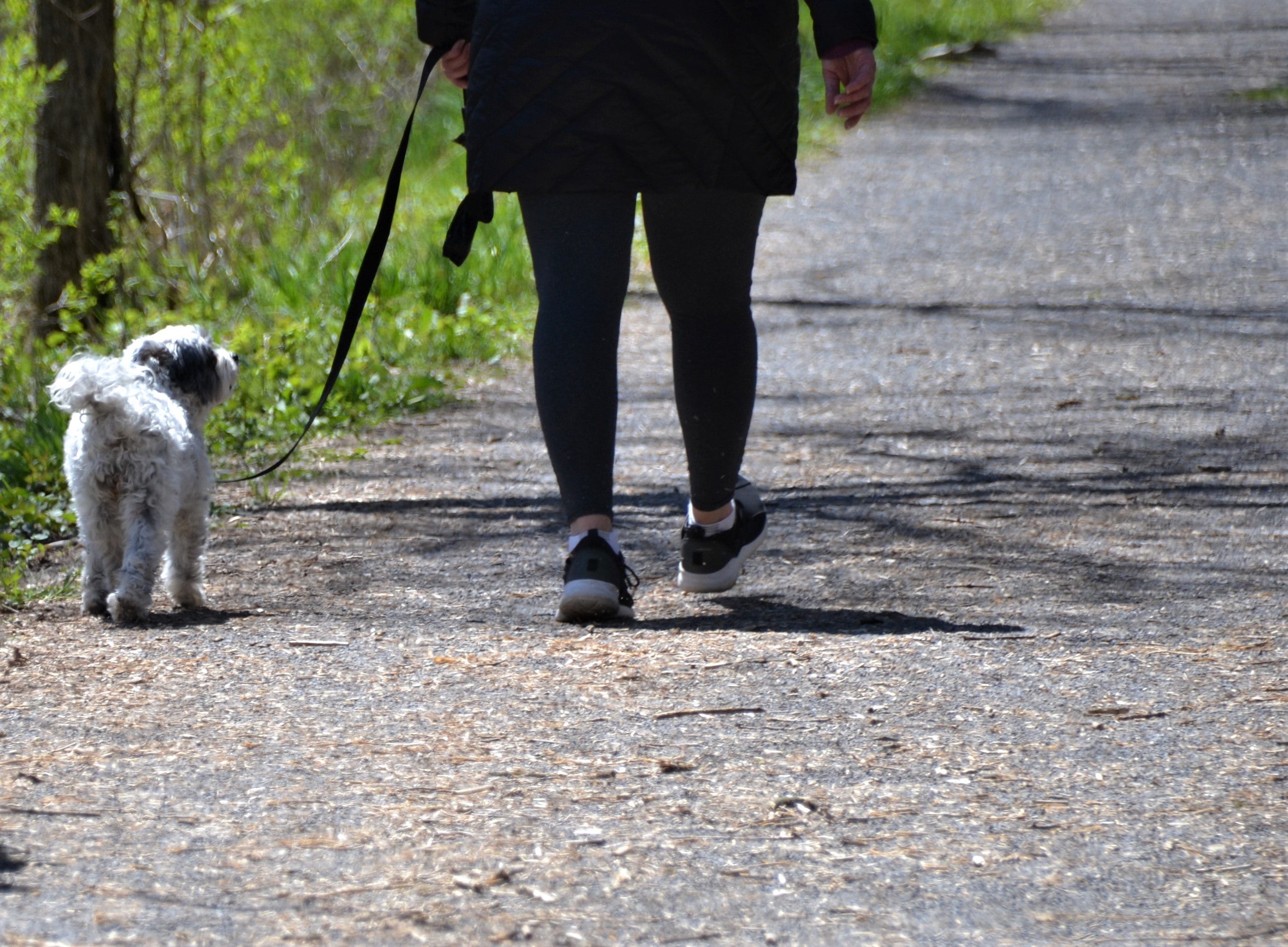Scoliosis in adults, like scoliosis that occurs at other ages, is a curvature or deviation of the spine of more than 10 degrees in three dimensions: the frontal, sagittal and transversal planes. However, unlike scoliosis that occurs earlier, the treatment for scoliosis in adults is different, because the patient's spine is already fully developed.
When an adult suffers from scoliosis, it is one of two types. It can be scoliosis that already existed during adolescence but was left untreated and the curvature has increased because of degeneration of the spinal discs and facet joints, or, it can be new onset scoliosis, when an adult who previously had a straight spine, now has a curvature of the spine due to wear on the discs or other factors. In cases of new onset scoliosis, it usually occurs in the thoracic and lumbar spine.





